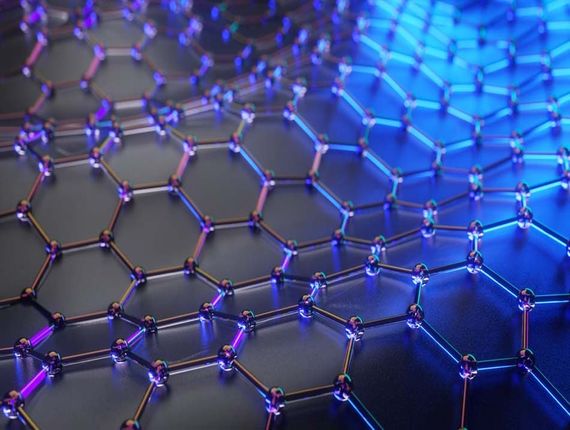Graphene History
It was observed originally in electron microscopes in 1962, but it was studied only while supported on metal surfaces. The material was later rediscovered, isolated, and characterized in 2004 by Andre Geim and Konstantin Novoselov at the University of Manchester.
Graphene is a one-atom-thick layer of carbon atoms. It is a sp2 hybridisation, a very thin atomic thickness and two-dimensional crystal lattice tightly bound in a hexagonal honeycomb lattice.
Graphene is a allotrope of carbon and consist of single layer of carbon (monolayer) also known as building-block of Graphite. Being a remarkable substance on its own - with a multitude of astonishing properties repeatedly earned it the title “wonder material”.
Graphene can transform the range of sectors such as like electronics, health, energy, construction and communication system.
Graphene is a transparent and flexible conductor that holds promise for various device applications, including solar cells, light-emitting diodes (LED) and smart phones.

